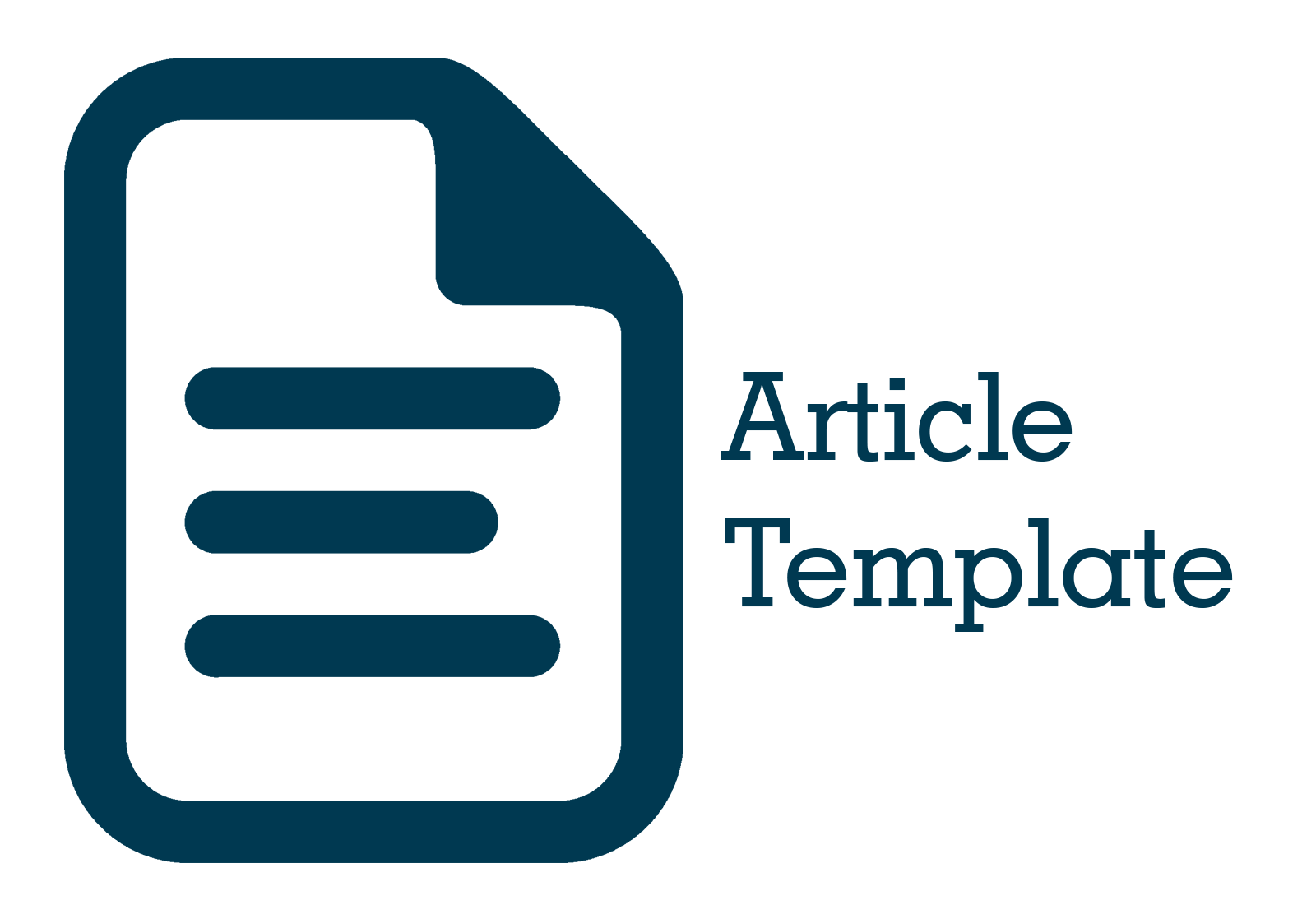Information Technology and Organizational Capabilities in Building an Agile Library
Keywords:
Library Agility, Information Technology, Digital Transformation, Service Improvement, Case StudyAbstract
Today’s libraries must be able to adapt quickly to technological changes and user needs. This study aims to analyze how technological capabilities contribute information in improving library agility. Using a case study research method, data were obtained from several libraries that have implemented the latest information technology. The results of the study indicate that the implementation of a digital-based library management system and services dare to increase operational efficiency and information accessibility. In addition, good information technology capabilities allow libraries to respond to user requests more quickly and effectively. These findings confirm that libraries that develop information technology capabilities optimally can not only improve services but also increase user satisfaction levels. This study is expected to provide insight for library managers in developing the right information technology development strategy to achieve the desired level of agility. The problem of environmental change and the need for information requires libraries to explore the widest and deepest intelligence in dealing with these changes. In this case the library needs to apply the agility model in dealing with environmental changes with the support of information technology capabilities and organizational capabilities. This article aims to review the literature on the development of agile libraries to utilize information technology and organizational capabilities and discuss how libraries utilize information technology capabilities and organizational capabilities to respond to changes in the library business. The method used in this research is the systematic literature review research method. Today, library institutions operate in a volatile and competitive environment. The results showed that to maintain competitiveness, library institutions must be agile and fast in sensing and responding to changes. In such a turbulent environment, libraries are required to be agile and able to deal with rapidly changing information needs. From various studies, there has been no research stating that IT capabilities adversely affect organizational agility. Information technology resources provide value to be adopted and developed in achieving competitive advantage of library institutions.
References
Anuradha, P. (2018). Digital transformation of academic libraries: Opportunities and challenges. IP Indian Journal of Library Science and Information Technology, 3(1), 8-10. https://doi.org/10.18231/ijlsit
Garoufallou, E., & Siatri, R. (2023). Big Data: Opportunities and challenges in libraries, a systematic literature review. College & Research Libraries, 84(2), 115-128. https://doi.org/10.5860/crl.84.2.115
Gupta, D., & Rani, S. (2022). Role of information technology in improving library services. Library Philosophy and Practice, 2022(4). https://doi.org/10.1000/lpp2022.1090
Hoy, M. (2014). Big data: An opportunity for libraries to improve services and facilitate research. Library Technology Reports, 50(1), 12-20. https://doi.org/10.5860/ltr.50.1.12
Khan, A., & Ali, A. (2018). Agile principles in library services: Improving responsiveness and user satisfaction. The Journal of Academic Librarianship, 44(5), 602-610. https://doi.org/10.1016/j.acalib.2018.08.003
Kumar, K., & Priyadarsini, R. (2019). Leveraging information technology for agile library management: A study. Library Management, 40(3/4), 202-214. https://doi.org/10.1108/LM-06-2018-0045
Li, H., & Zhang, Y. (2020). The role of dynamic capabilities in library digital transformation. Information Systems Frontiers, 22(3), 589-603. https://doi.org/10.1007/s10796-019-09929-8
Mackenzie, G. (2019). Implementing agile management in libraries: A case study. Library Leadership & Management, 33(1), 27-36. https://doi.org/10.5860/llm33.1.27
Nel, M. (2020). Repositioning the academic library to drive innovation and agility. Bold Minds, 2(1), 12-29. https://doi.org/10.1080/10875301.2020.1754195
Singh, V. (2018). Exploring the relationship between IT capabilities and library agility: A framework for innovation. Journal of Library Innovation, 9(1), 35-49. https://doi.org/10.1000/jli.2018.0802
Smith, R. (2021). Agile libraries: Embracing change in a rapidly evolving information landscape. Library Trends, 69(4), 771-790. https://doi.org/10.1353/lib.2021.0012
Srinivasan, S. (2019). Utilizing AI in library services: Implications for library agility. The Electronic Library, 37(4), 653-665. https://doi.org/10.1108/EL-12-2018-0251
Turner, T., & Zhang, J. (2023). How organizational agility promotes digital transformation: An empirical study. Sustainability, 15(14), 11304. https://doi.org/10.3390/su151411304
Wei, C. (2022). Transforming libraries through digital technologies: The impact on service agility. International Journal of Digital Library Services, 12(2), 83-97. https://doi.org/10.2053/dls2022.830
Zhan, Q., & Widén, G. (2018). Information technology capabilities and organizational agility in libraries. Library Hi Tech, 36(3), 492-507. https://doi.org/10.1108/LHT-05-2018-0062
Downloads
Published
Issue
Section
License
Copyright (c) 2024 Andi Asari (Author)

This work is licensed under a Creative Commons Attribution 4.0 International License.


